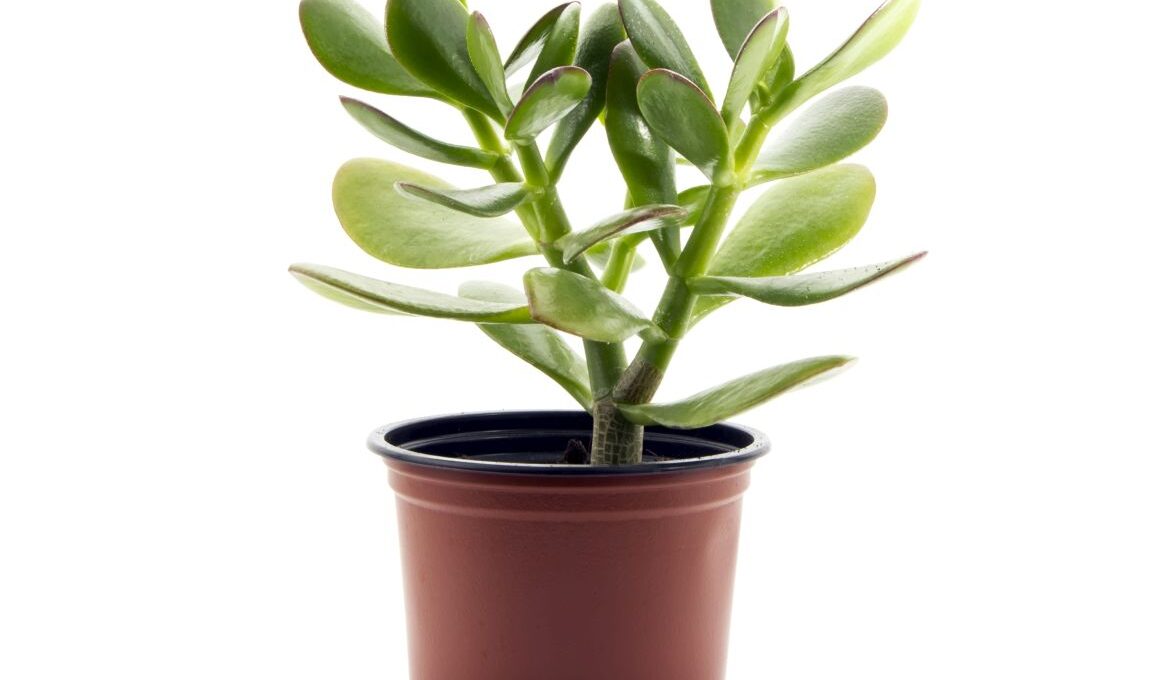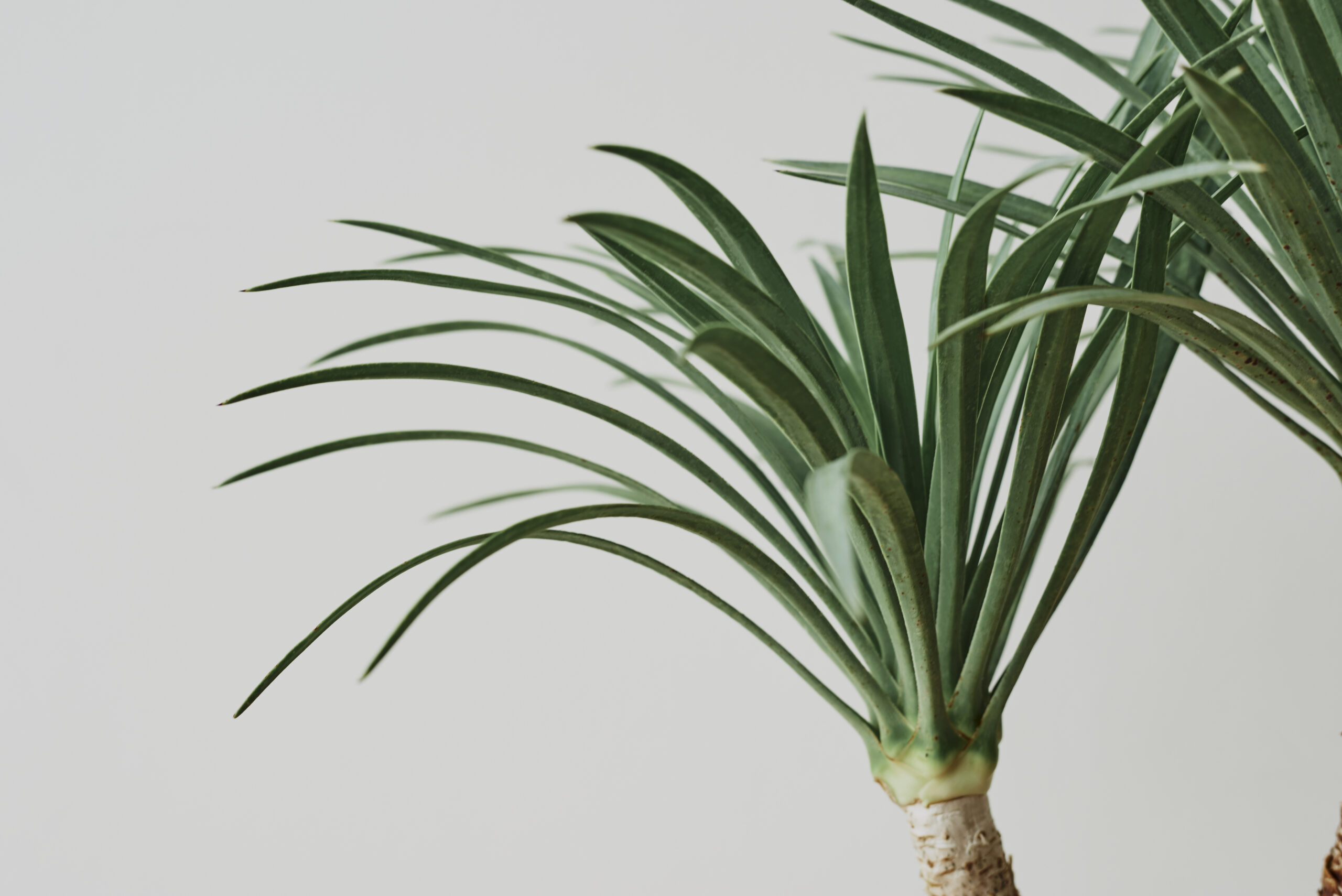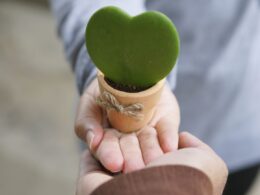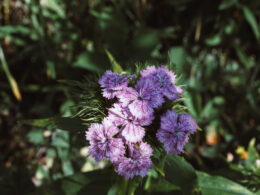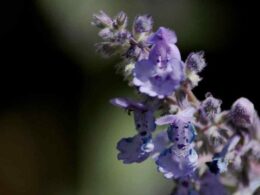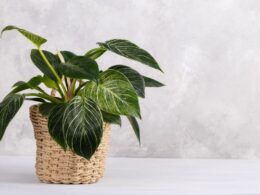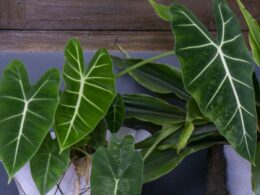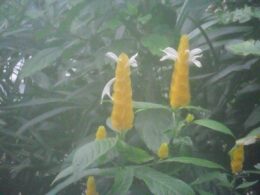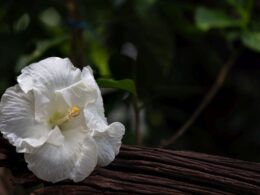What Is a Jade Plant? Names, Origin, and Characteristics
Before we break down all the aspects of jade plant care, let’s introduce the plant. The jade plant (Crassula ovata) is a succulent that is native to Africa. It’s also known as:
- money plant;
- lucky plant;
- friendship plant;
- silver dollar plant.
The jade plant has thick, glossy green leaves and grows to be about two feet tall. It is a popular houseplant because it is easy to care for and does not require much water. The jade plant can also live for many years, making it a symbol of luck and good fortune.
Jade Plant Care – Soil and Fertilization Needs
When it comes to jade plant care, one of the most important things to remember is that this succulent needs well-draining soil. The easiest way to provide it is to use store-bought succulent soil. You can also make your own, or mix some sand or gravel into a regular potting mix to improve drainage.
As for fertilization, jade plants need very little. In fact, too much fertilizer can actually harm the plant. If you do decide to fertilize your jade plant, use a succulent or cactus fertilizer that is diluted to ¼ or ½ strength. If the plant has been sitting in the same potting mix for a few years, apply the fertilizer once a month during the growing season.
Jade Plant Care – Watering Needs
One of the most important aspects of jade plant care is cautious watering. These succulents are very drought-tolerant and can go long periods of time without water. Their roots are prone to rotting if they’re overwatered. However, they do need some water to survive.
During the spring and summer, water your jade plant when the top inch of soil has dried out. How often that is depends on your climate. During the fall and winter, reduce watering to once every two to three weeks. If you ever notice your plants’ leaves flattening, it’s a sign they need a little more water.
Jade Plant Care – Light Needs
Jade plants need bright, indirect sunlight to thrive. If you live in a hot climate, it’s best to provide some afternoon shade to prevent the leaves from getting scorched by direct sunlight. These succulents can also tolerate lower-light conditions, but they will grow slower and produce fewer flowers.
Jade Plant Care – Temperature and Humidity Needs
These plants quite tolerant when it comes to high temperatures and humidity. They grow best in temperatures ranging from 50 to 75 degrees Fahrenheit. However, they’re less tolerant of cold weather, so outdoor jade plants should be brought indoors for winter.
As for humidity, jade plants do best in dry conditions. If you live in a humid climate, make sure to provide good airflow around the plant to prevent fungal diseases.
Do You Need to Prune Jade Plants?
While jade plant care doesn’t typically involve pruning, you may want to give them a trim from time to time to keep them looking their best. You can prune jade plants anytime between spring and fall.
To do so, use sharp, sterilized shears or a knife to remove any dead leaves or stems. You can also cut back leggy stems to promote growth. Just be sure not to remove more than one-third of the plant at a time.
How to Propagate Jade Plants?
If you want to grow more jade plants, you can do so by propagating them. The easiest way of propagation is through stem cuttings. To take a cutting, use sharp, sterilized shears or a knife to remove a stem from the main plant. The cutting should be about four inches long and have at least two leaves.
Let the cutting dry out for a few days so that the ends can heal. Then, plant the cutting in well-draining soil and water it sparingly. The cutting will root within a few weeks and can be transplanted into its own pot once it has grown larger.
How Often Should You Repot Jade Plants?
You don’t need to repot jade plants very often. In fact, they actually prefer to be slightly pot-bound. Only repot them when the roots have outgrown the current pot. When you do, make sure to use a pot that is only one size larger than the current one.
Common Problems with Jade Plants
Jade plant care is relatively easy, and these plants don’t often experience many problems. However, there are a few things to watch out for, and these are:
- root rot;
- mealybugs;
- scale insects.
Root rot is the most common problem with jade plants and is usually caused by overwatering. If you think your plant has root rot, remove it from the pot and check the roots. If they’re mushy or black, you’ll need to cut them off.
Mealybugs and scale insects are small pests that feed on jade plants. They can cause leaves to yellow and drop off. To get rid of mealybugs or scale, wipe them off with a cotton swab dipped in rubbing alcohol.
Jade Plant Toxicity
Jade plants are considered poisonous to both humans and animals. If ingested, they can cause vomiting, diarrhea, and abdominal pain. If you have pets or small children, it’s best to keep jade plants out of reach. Cats, in particular, shouldn’t be left alone in a room with jade plants, as they can often climb to places you wouldn’t think they could.
Prepared to Care for a Jade Plant?
To sum it up, jade plants are easy to care for and make a great addition to any home. They need little watering and fertilization, and can tolerate high temperatures and dry conditions. With just a bit of attention, your jade plant will thrive for years to come!
Do you have any other tips on jade plant care? Share them in the comments below!





